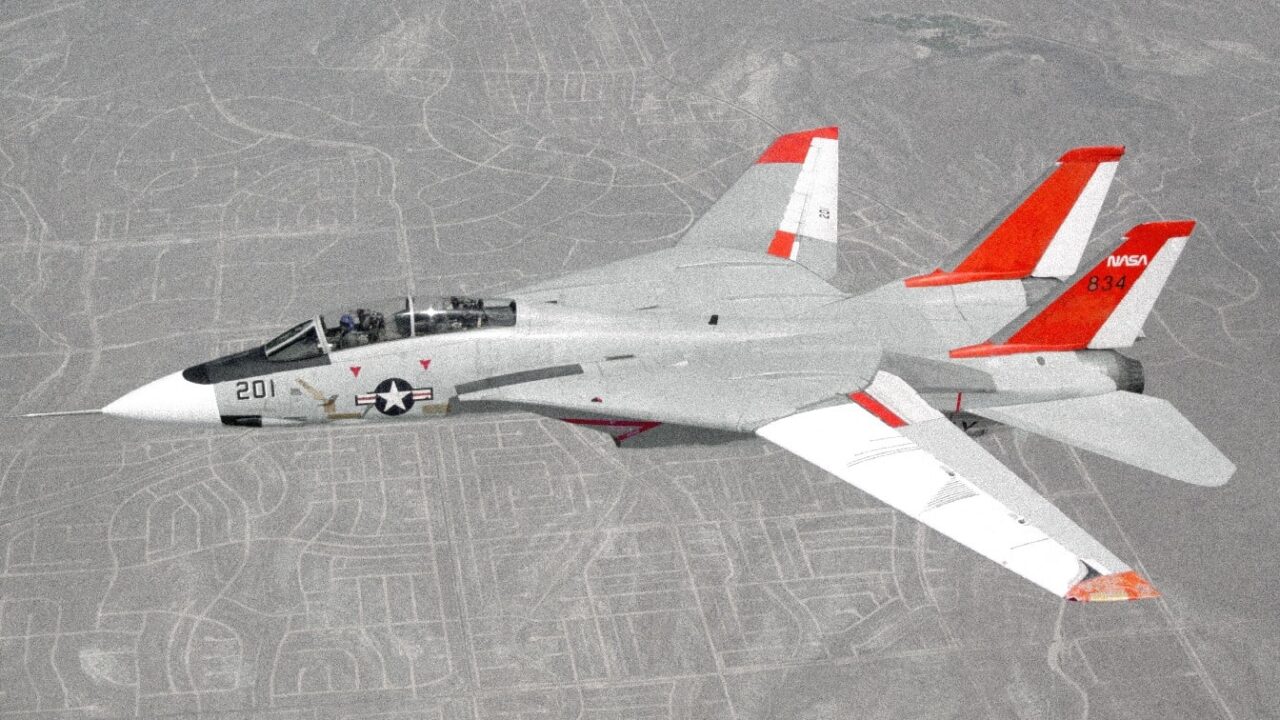
Why the Super Tomcat 21 Was Not To Be
Designed to incorporate the air combat experience learned during the Vietnam War, the Grumman F-14 was the first of the American “Teen Series” fighter jets that would include the F-15 Eagle, F-16 Fighting Falcon, and the F/A-18 Hornet.
During its three decades in service with the United States Navy, the F-14 Tomcat more than lived up to the role it was initially designed for, drawing blood in combat and even getting its moment in the spotlight in the film “Top Gun.”
The carrier-based multi-role fighter was developed after the United States Congress halted the development of the F-111B along with the Tactical Fighter Experimental (TFX) program. While the goal of that effort was to supply the United States Air Force and the United States Navy with the planes to fit each of their individual needs, the Navy was opposed.

The F-111B, having been modified to meet Navy mission requirements, was deemed too heavy for carrier operations, and the contract was canceled in April 1968. Subsequently, the Navy inaugurated a new design contest for what was termed the VFX program, with the two primary competitors being McDonnell Douglas and Grumman. Grumman’s design won out, and it followed the aircraft maker’s tradition of naming its planes after cats—thus the “Tomcat” was born.
The F-14, which made its first flight in 1970, arrived as a supersonic, twin-engine, variable-sweep wing, two-seat fighter that was designed to engage enemy aircraft in all weather conditions as well as at night.
F-14: Old Cat, With New Tricks
There had been multiple efforts to greatly improve this “hepcat” over the course of its multiple lives. That included the F-14D Super Tomcat, the final variant, which was notable for being able to engage multiple targets more easily than its predecessors. It featured extensive changes to the avionics and displays.
The aircraft was to be the definitive Tomcat, but the upgrades came as the world was changing. The Cold War ended, and in 1989 after massive cost overruns and huge delays, then-Secretary of Defense Dick Cheney proved more deadly than a Soviet fighter pilot.
Cheney shot down the purchase of any more F-14Ds—which likely made sense at the time. As a result, the Navy only received thirty-seven of the new F-14D Super Tomcats, while eighteen older F-14A models were updated to the D-models, designated as F-14D(R) for rebuild.
THE SUPER TOMCAT 21
The Tomcat almost received another life—but it wasn’t to be.
Had things played out differently, and the Soviet Union had not collapsed in the early 1990s, an even more advanced version of the Tomcat could have taken to the skies.





